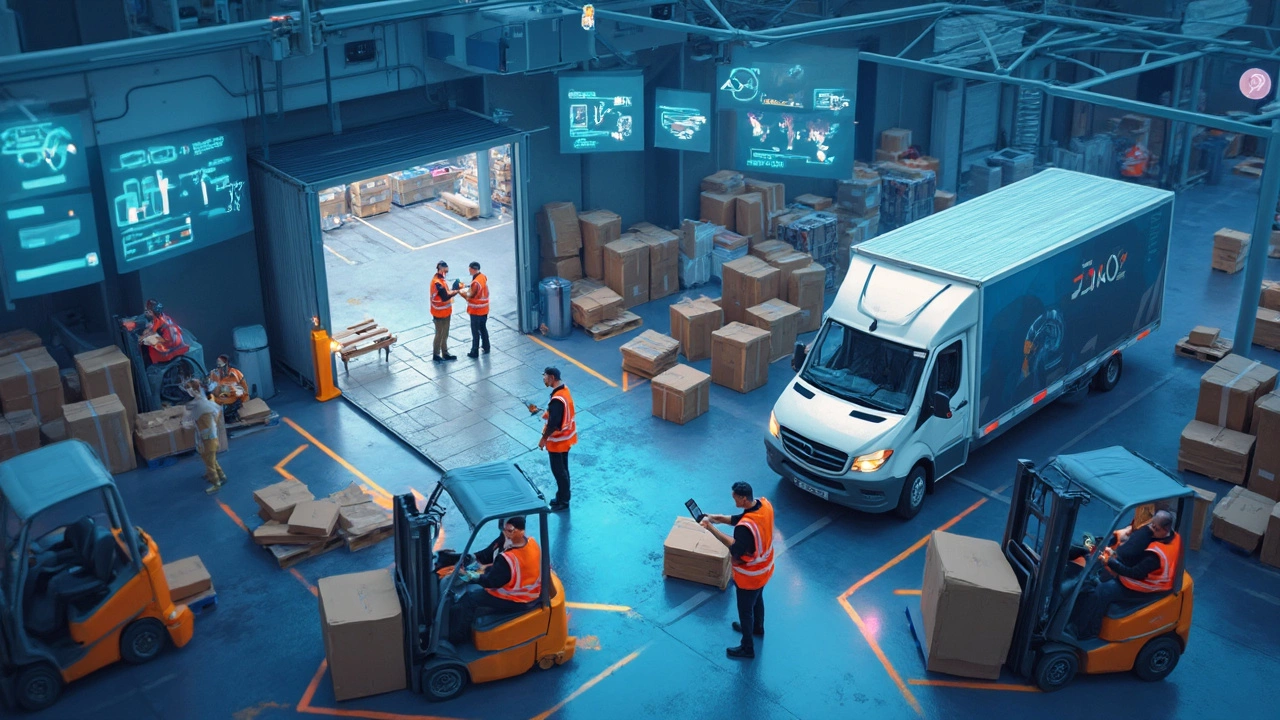Supply Chain Software: What It Is and Why You Need It
If you run a business that moves goods, you’ve probably felt the pain of missed deliveries, inventory gaps, or endless spreadsheets. That’s exactly what supply chain software solves. It pulls together orders, inventory, shipping, and warehouse tasks into one place, so you can see the whole picture in real time. No more guessing which truck is delayed or why a product is out of stock.
Key Features to Look For
First, make sure the system can handle transportation management. This means it should let you plan routes, compare carriers, and track shipments live. Second, you’ll want solid warehouse management. Look for barcode scanning, slotting recommendations, and easy picking lists. Third, inventory visibility is a must – the software should update stock levels automatically as sales happen.
Other nice‑to‑have bits include demand forecasting, integration with your e‑commerce platform, and a mobile app for on‑the‑go staff. If the tool can generate simple reports with a click, you’ll save hours every week.
How to Pick the Right Solution
Start by listing your biggest pain points. Is it late deliveries? Then a strong TMS (transportation management system) should be front and center. Struggling with warehouse space? Prioritize WMS (warehouse management) features. Next, test the user interface. If it feels clunky, your team will avoid using it, no matter how powerful it is.
Ask for a trial or sandbox environment. Play with real data and see how quickly you can create a shipment or run an inventory count. Also, check how the software talks to other tools you already use – APIs, file imports, or built‑in connectors matter.
Finally, consider total cost of ownership. Some platforms charge per user, others per transaction. Factor in implementation fees and ongoing support. A slightly pricier solution that reduces errors can pay for itself fast.Bottom line: the best supply chain software matches your specific workflow, is easy to use, and gives you real‑time insight. When you pick a tool that checks those boxes, you’ll notice faster deliveries, lower stockouts, and happier customers.
Explore the essential supply chain management software used in 2025. Discover leading tools, their features, and tips to boost your logistics strategy.
Jul, 26 2025
A logistics management system handles the planning, movement, and storage of goods. This article breaks down what a logistics management system is, why it's essential for businesses, and how it works in real life. You'll get practical tips for choosing the right software, a peek at the latest features, and learn how these systems are quietly shaping everything from Amazon orders to small business deliveries. Get straight, practical insights without fluff or jargon.
May, 24 2025

